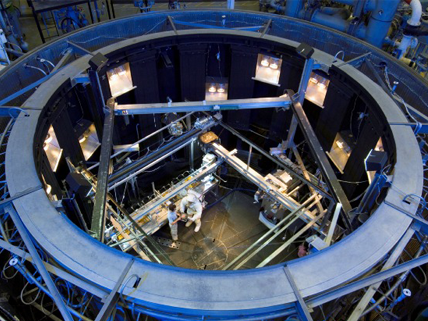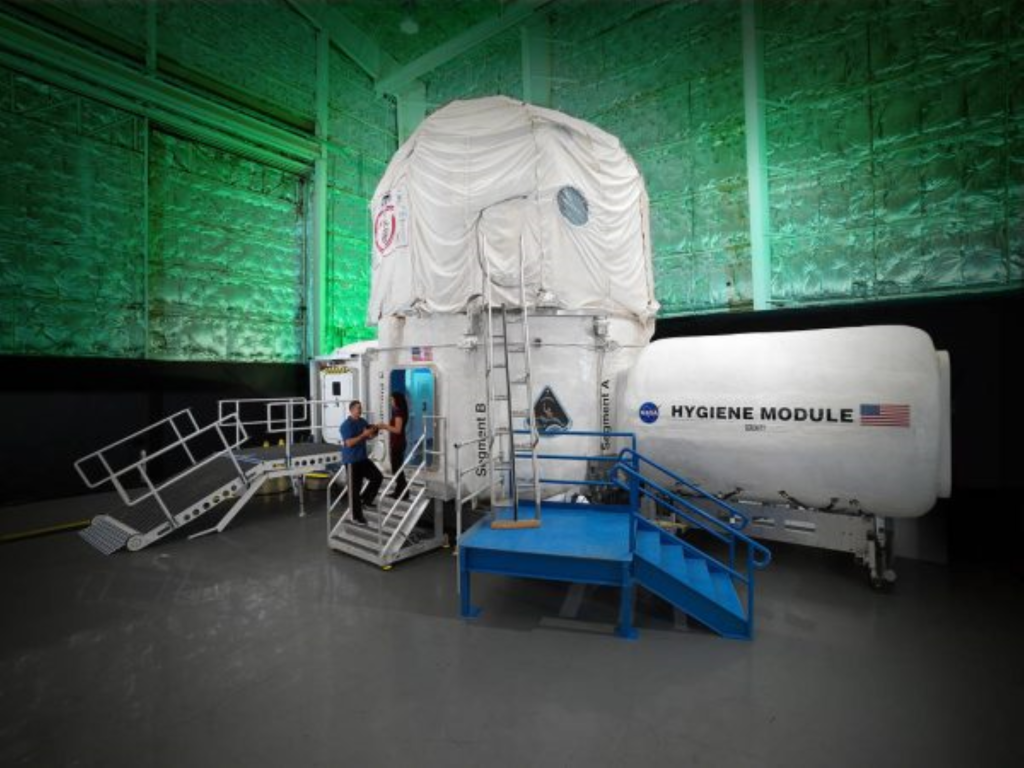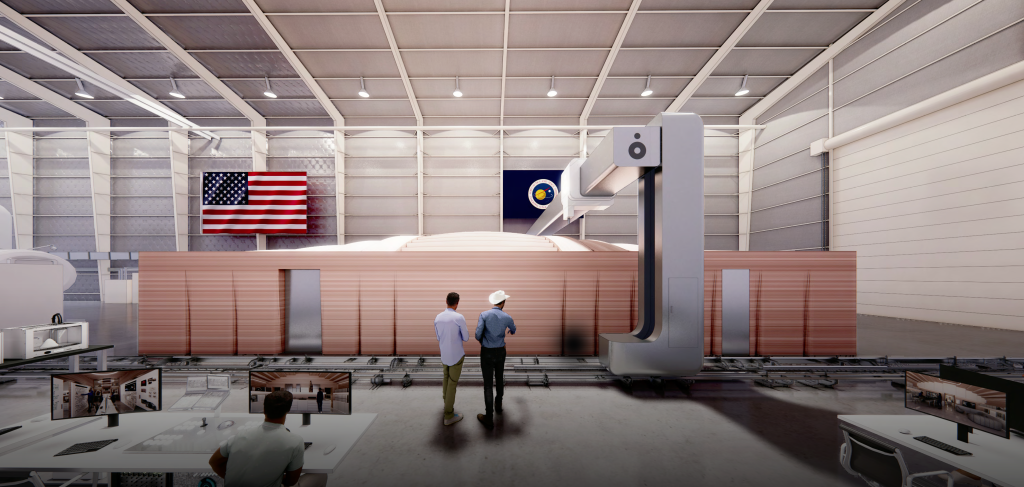Why Do We Use Analogs?

Analog missions on Earth are used to test protocols, interventions, and new techniques before trying them in space. Research insights from Earth-based analogs help crews work more safety and productively on the International Space Station. They also are preparing NASA for future exploration in deep space through research involving team dynamics, diagnosing and treating medical issues in space, and investigating other critical factors for deep space exploration, including simulating the five hazards of human spaceflight. Some analogs are also used for training to help crews understand the type of situations they will encounter during spaceflight.
Numerous conditions are studied on the International Space Station, but doing work on Earth provides greater flexibility. A small pool of individuals travels to space each year as astronauts, but a higher number of people are available to participate in research on Earth. Spacecraft size constraints also limit the amount of equipment and sample storage available. On Earth, there’s physically more room and capability to support activities (for instance, refrigerating numerous blood and saliva samples).



























